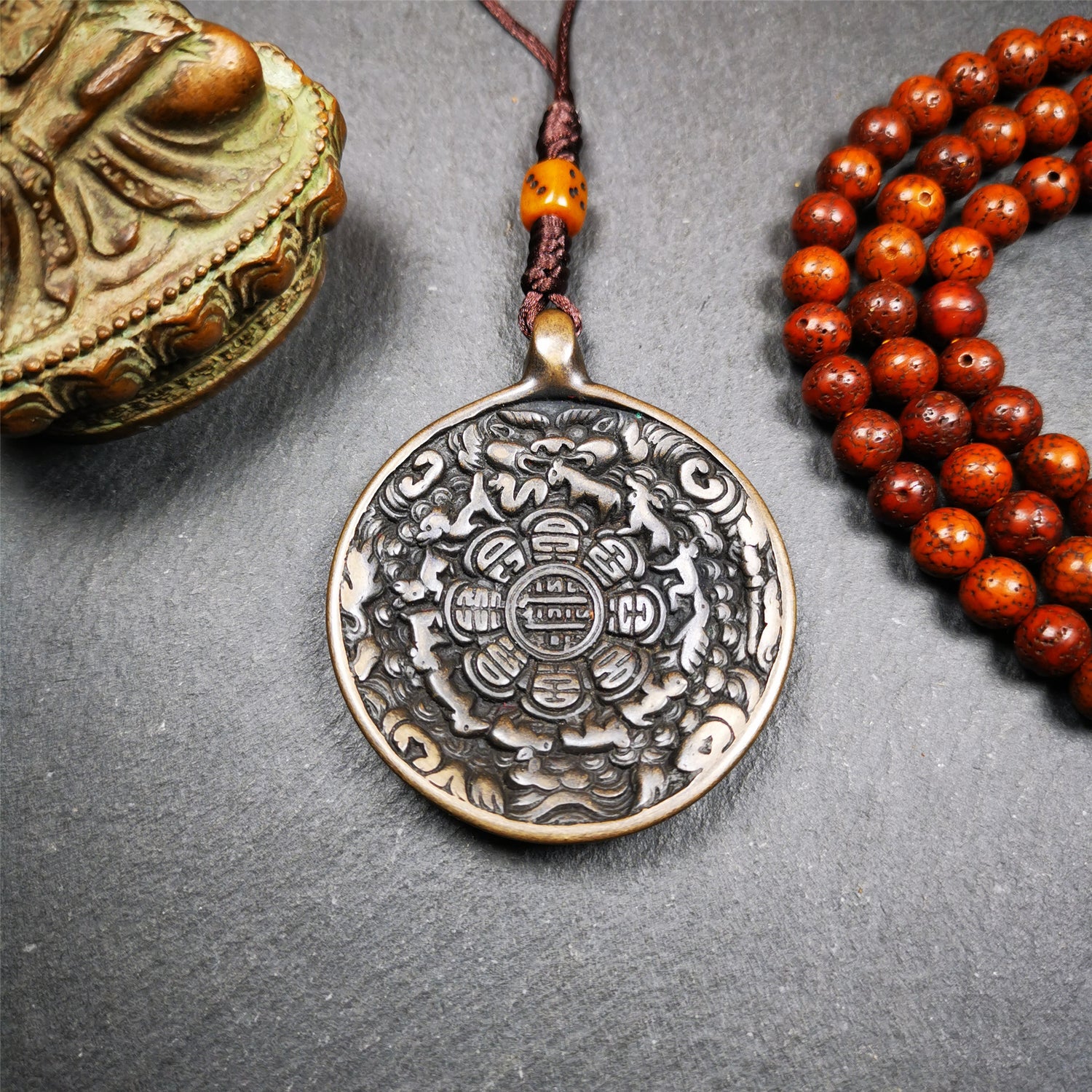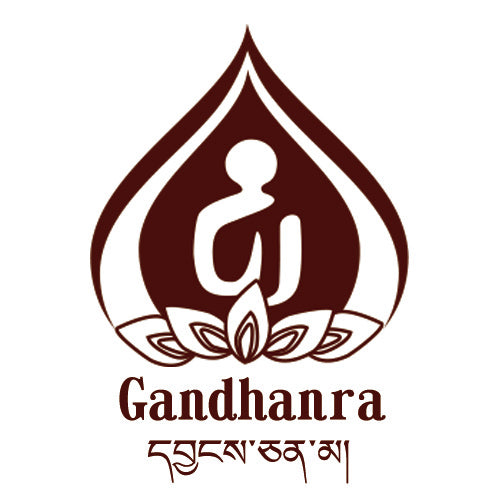1
/
of
10
Gandhanra Handmade Tibetan Buddhist Amulet,Om Badge, Mantra of Om Mani Padme Hum, Made of Thokcha -Thunder Iron
Gandhanra Handmade Tibetan Buddhist Amulet,Om Badge, Mantra of Om Mani Padme Hum, Made of Thokcha -Thunder Iron
⏱Vintage:
☞Handmade:
⚒Materials:
☲Size:
Regular price
$59.99 USD
Regular price
Sale price
$59.99 USD
Unit price
/
per
Couldn't load pickup availability
This badge is made by Tibetan craftsmen and come from Hepo Town, Baiyu County, the birthplace of the famous Tibetan handicrafts.
It is made of thokcha, the craftsmanship is very complicated.
Carved with mantra, include OM MANI PADME HUM
When you're on a go or travelling, it's placed as a waist tag.
You can make it into a pendant, or just put it on your desk,as an ornament.
❤All our crafts are directly handmade from Tibet.
When you purchase this craft it helps and support the artisan and their families in Tibet.
Your support is highly appreciated.
❤Details
100% Handmade
Pendant material:thokcha,brass
Pattern: OM
Height:64mm / 2.52 inches
Diameter: 54mm / 2.13 inches
❤ABOUT Thokcha -Thunder Iron
Thokcha (Tibetan: ཐོག་ལྕགས, གནམ་ལྕགས) are tektites and meteorites which serve as amulets.Typically high in iron content, also called Thunder Iron,Cold Iron.These are traditionally believed to contain a magical, protective power comparable to Tibetan dzi beads. Most thokcha are made of a copper alloy.
Thogchags or Thokcha are worn as amulets by Tibetans, specifically people of the Himalayan regions, for spiritual protection and healing. Created in several forms, they often depict tantric deities, sacred animals, auspicious symbols, and mantras. Many represent ritual supports such as a mirror, phurba, or vajra. Some pieces may be abstract in nature, and the meaning of the form has since been lost in antiquity. Further research is still in the process. Other Thokcha were simply used as ancient arrow points, buckles, body armour, or even old horse trappings.
❤ABOUT OM MANI PADME HUM MANTRA
Auṃ maṇi padme hūṃ[1] (Sanskrit: ॐ मणि पद्मे हूँ, IPA: [õːː mɐɳɪ pɐdmeː ɦũː]) is the six-syllabled Sanskrit mantra particularly associated with the four-armed Shadakshari form of Avalokiteshvara, the bodhisattva of compassion. It first appeared in the Mahayana Kāraṇḍavyūhasūtra where it is also referred to as the sadaksara (six syllabled) and the paramahrdaya, or “innermost heart” of Avalokiteshvara.[2] In this text the mantra is seen as condensed form of all the Buddhist teachings.
The first word Aum/Om is a sacred syllable in various Indian religions. The word Mani means "jewel" or "bead", Padme is the "lotus flower" (the Eastern sacred flower), and Hum represents the spirit of enlightenment.
In Tibetan Buddhism, this is the most ubiquitous mantra and the most popular form of religious practice, performed by laypersons and monastics alike. It is also an ever present feature of the landscape, commonly carved onto rocks, known as mani stones, painted into the sides of hills or else it is written on prayer flags and prayer wheels.
Due to the increased interactions between Chinese Buddhists and Tibetans and Mongolians during the 11th century, the mantra also entered Chinese Buddhism.
View full details





















